Introduction
Spring is a magical time for gardeners, especially in warmer climates where nature seems to burst into life with unparalleled vibrance. The sweet scent of blooming flowers, the gentle rustle of new leaves, and the joy of watching seeds transform into thriving plants can be a truly serene experience. Warm-weather gardening in spring presents unique opportunities to grow a rich tapestry of plants that might struggle in cooler climates. However, it also comes with its own set of challenges that require careful planning and consideration. This guide will take you through the essentials of creating a delightful spring garden that thrives in warm weather, featuring ideal plant choices, gardening techniques, and care tips.
Planning Your Garden
A. Choosing the Right Location
1. Sunlight Exposure
The first step in planning any garden is selecting the optimal location, which significantly impacts the growth and health of your plants. In warm climates, plants bask in plentiful sunlight, which is a double-edged sword. While sun-loving plants flourish here, it's crucial to ensure each plant receives the right amount of light. Consider mapping your garden space and noting how sunlight shifts throughout the day. Most flowering plants need at least 6 hours of direct sunlight.
2. Water Availability
Water is critical in warm climates, where evaporation rates are high. When planning your garden, ensure that you have a reliable water source nearby. Consider the installation of an irrigation system to provide consistent moisture, especially during dry spells. Drip or soaker hose systems are highly efficient, supplying water directly to the plant roots, minimizing waste.
3. Soil Type and Preparation
Besides sun and water, your garden's foundation—the soil—plays a crucial role. In warmer regions, soil can vary from sandy to clay-heavy. Sandy soils drain well but may need enrichment with organic matter to retain moisture. Clay soils, while nutrient-rich, can be challenging to work with; they benefit from the addition of sand and compost to improve drainage and aeration.

Selecting Warm-Weather Plants
A. Flowering Plants
1. Agapanthus (Lily of the Nile)
The Agapanthus, also known as the Lily of the Nile, is an iconic plant for warm weather gardens. With its striking clusters of blue flowers, it adds an exotic flair to any garden. Agapanthus is both heat and drought-tolerant, making it a perfect choice. Plantology offers this beautiful plant on our website for your convenience. Check it out here.
2. Bougainvillea
For those looking to add bold colors, Bougainvilleas are unmatched. These drought-resistant plants thrive in sunny spots and bloom profusely in spring, adorned with bracts in shades of magenta, purple, and orange. They create a picturesque Mediterranean charm, perfect for arbors or privacy screens.
B. Foliage Plants
1. Agave Varieties
The architectural beauty of Agave plants makes them a striking addition to any warm garden. Choose from varieties such as the Agave Blue, Caribbean Agave, or Agave Desmettiana Variegata. Each variant has unique features like the Agave Blue's rosette form and striking foliage, ideal for adding structure and personality to your garden. Discover these options here and here.
2. Adonidia Palm
The Adonidia Palm, often called the Christmas Palm, is a versatile choice that brings a tropical vibe to your space. It's available in single, double, or even triple trunk configurations to suit different landscape needs. Known for its manageable height and attractive fronds, it is excellent for pots or garden beds. Explore our selection at Plantology by visiting the single, double, or triple palm product pages.

Understanding Microclimates Within Your Garden
A. Embracing Diversity
Microclimates are variations in climatic conditions within specific areas of your garden. Factors such as shade provided by trees, windbreaks by walls, or moisture accumulation from a water feature can affect microclimates. Leveraging these differences allows for a greater diversity of plants, enabling you to create niche planting areas that cater to a wide range of species.
B. Implementing Companion Planting
Companion planting is a beneficial technique where certain plants are grown in proximity to support each other's growth. In warm climates, this can help in pest control, pollination, and creating favorable growing conditions. For example, pairing shade-tolerant plants like Aglaonema Silver Bay with taller plants can protect them from intense sunlight. Explore more on this versatile plant here.
Spring Gardening Techniques for Warm Climates
A. Water Conservation Strategies
1. Mulching
Mulching is an excellent strategy for retaining soil moisture in hotter environments. It helps reduce evaporation, suppresses weeds, and biodegrades to enrich the soil. Organic mulches like wood chips, straw, or compost are effective and beneficial. In addition, consider using stones or gravel for a decorative yet functional approach to mulching.
2. Efficient Irrigation
Implementing an efficient irrigation system is vital. Time your watering sessions for the early morning or late evening to minimize evaporation losses. Soaker hoses or drip irrigation systems are advisable as they use less water than overhead sprinklers and deliver it directly to roots.
B. Soil Management
Soil management contributes significantly to garden health. Regularly test your soil to monitor pH levels and nutrient content. Enrich soil annually with organic compost to improve its structure and fertility. Use green manure and cover crops during dormant seasons to add nutrients and organic matter back to the soil.
C. Controlling Pests and Diseases
1. Integrated Pest Management (IPM)
Controlling pests in warm climates can be challenging, given the longer activity period. Adopting Integrated Pest Management (IPM) strategies involves using biological control agents, cultural practices, and, if necessary, chemical interventions. Encourage beneficial insects like ladybugs or use neem oil as a natural pesticide to maintain balance in your garden ecosystem.
Spring Plant Care and Maintenance
A. Fertilization and Feeding
In the vigorous growing season of spring, ensure that plants receive necessary nutrients through appropriate fertilization. Use a balanced slow-release fertilizer that caters to specific plant needs. Consider supplemental feeding with liquid fertilizers for quick nutrient uptake, especially for flowering and fruiting plants.
B. Pruning Practices
Regular pruning promotes healthy growth and enhances the aesthetics of your garden. It removes dead or damaged branches, encourages new growth, and enables better air circulation among foliage. Prune responsibly, understanding the growth patterns and cycles of each plant species.
C. Monitoring Plant Health
Regular inspections are necessary to catch early signs of plant distress or disease. Wilted leaves, discolored foliage, or a sudden drop in flowering can indicate underlying problems. Address these promptly by identifying the cause – whether it's pest-related, a nutritional deficiency, or environmental stress.

Expanding Your Garden's Appeal
A. Adding Ornamental Structures
Enhancing your garden's beauty with structures like arbors, trellises, or pergolas creates vertical interest and supports climbers and vines. These features also provide additional shade and can become focal points that draw the eye.
B. Incorporating Water Features
Water features, whether they be fountains, ponds, or birdbaths, invigorate a garden with sound and movement. They contribute positively to the local microclimate by adding humidity and attracting wildlife.
Conclusion
Establishing a thriving warm-weather spring garden is a rewarding endeavor that combines creativity, knowledge, and dedication. By following these comprehensive guidelines, gardeners can create enchanting spaces that offer visual splendor and personal satisfaction. At Plantology, we are committed to helping you find the best plants to enrich your garden experiences. Explore our range of carefully curated plants and expert advice on our website.
Ready to get started? Let Plantology be your partner in transforming your garden into a lush paradise. Visit Plantology today to explore our extensive collection of premium plants and gardening products.
C. Utilizing Color Theory in Garden Design
The use of color theory can significantly impact the visual appeal of your garden. Warm climates provide the opportunity for a vibrant array of hues year-round. Understanding color theory—how colors interact, complement, or contrast with each other—can be transformative. For instance, consider using a color wheel to select analogous colors (those next to each other) for a harmonious look, like different shades of purple with blue, or contrasting colors (opposites on the wheel) like yellow with purple for a striking effect.
Consider cultivating plants like the bright golden Coreopsis, which pairs well with purple Veronica for a captivating contrast. This strategic use of colors can create focal points or guide the eye through garden spaces.
D. Experimenting with Texture and Form
Texture and form add depth and interest, particularly in sunny environments where the play of light and shadow is pronounced. Integrate a mix of fine-textured plants, such as ornamental grasses, with bold-featured elements like the broad leaves of Colocasia (Elephant's Ear) or the structure of Yucca plants. These combinations add intrigue and offer seasonal variety as light and weather conditions change.
Advanced Plant Selection for Warm Climates
A. Edible Gardening
1. Heat-Tolerant Vegetables
Warm climates are ideal for a variety of heat-loving vegetables. Consider planting tomatoes, peppers, and eggplants early in the spring to take advantage of the full growing season. These vegetables not only thrive in warmer temperatures but also provide a delicious bounty.
For leafy greens, consider kale and Swiss chard, which are more resilient to heat compared to lettuce. Introducing herbs like basil, oregano, and thyme can further enhance your edible garden palette, as these are particularly well-suited to sunnier, drier conditions.
2. Fruit Trees
Fruit trees like citrus (lemons, oranges), figs, and olives are exceptional choices in warmer climates. They offer not just a sustainable food source but also an ornamental appeal with their fragrant flowers and lush foliage. Proper placement is crucial for maximizing fruit production, ensuring full sun exposure and protection from cold winds.

B. Perennials and Succulents
1. Drought-Resistant Perennials
Perennials like Salvia, Lavandula (Lavender), and Euphorbia are excellent for warm gardens due to their ability to withstand extended dry periods. They provide vibrant color and texture, requiring less maintenance once established.
2. Succulents
Succulents such as Echeveria, Sedum, and Aloe bring a unique aesthetic to gardens with their varied shapes, sizes, and colors. They require well-draining soil and minimal water, making them exceptionally well-suited for hot conditions. Grouping various types in decorative arrangements can create stunning effects, enhancing both beauty and interest.
Designing for Function and Beauty
A. Creating Functional Spaces
Incorporating functional spaces into your garden design enhances both usability and aesthetic value. Think about including seating areas, pathways, and shaded retreats to enjoy different aspects of your garden comfortably. Use hardscaping elements like stones, pavers, and gravel to define areas and provide accessibility.
B. Encouraging Wildlife Habitat
A garden is not just a haven for humans but also a crucial ecosystem for local wildlife. To promote biodiversity, consider incorporating native plants that provide food and shelter for birds, butterflies, and beneficial insects. Include plants such as Milkweed for Monarch butterflies and coneflowers for birds.
Adding water features like birdbaths or small ponds can further attract and support wildlife by offering hydration and habitat for amphibians and insects, enriching the ecological balance of your garden.
Implementing Sustainable Practices
A. Water-Wise Gardening
In warm and dry climates, water conservation is key. Implementing xeriscaping principles can reduce water usage while maintaining garden beauty. Choose plants with low water requirements, enhance soil moisture retention through organic amendments, and utilize rainwater harvesting systems to collect and store rainwater for irrigation.
B. Composting and Organic Matter
Composting is an excellent way to enhance soil fertility sustainably. It provides essential nutrients, improves soil structure, and minimizes garden waste. Initiating a compost pile or bin is simple and benefits the environment by recycling kitchen scraps, garden clippings, and leaves.
C. Renewable Energy in Gardens
Consider the integration of renewable energy sources in your garden. Solar-powered lights or water features reduce energy consumption and add ambience, especially in the evenings. Wind-powered garden ornaments or kinetic sculptures can further highlight your garden's sustainable ethos and aesthetic appeal.
Conclusion
Embracing the beauty and challenges of gardening in warm climates transforms gardens into vibrant, sustainable, and ever-changing landscapes. The wealth of options—from drought-tolerant plants to innovative design techniques—empowers gardeners to create spaces of both delight and purpose. By incorporating the guidelines and ideas presented, you can craft a garden that is as resilient as it is beautiful, offering sanctuary to people and wildlife alike.
Plantology is here to support every step of your gardening journey with a curated selection of plants and gardening essentials. Visit our website to explore our offerings and let us help you bring your garden visions to fruition. Whether you're a seasoned gardener or just starting, we're committed to providing the resources and inspiration you need to create a garden that's uniquely yours. Ready to start your warm-weather garden adventure? Visit Plantology today!



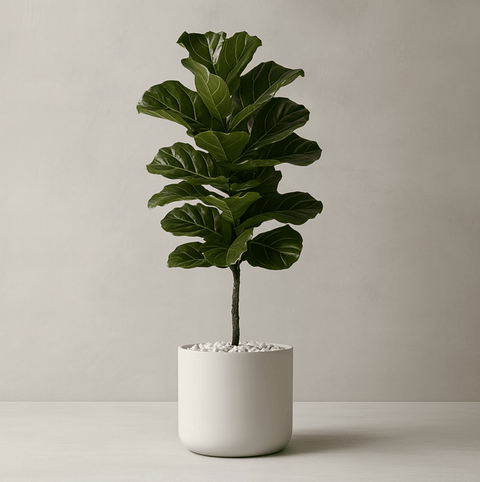
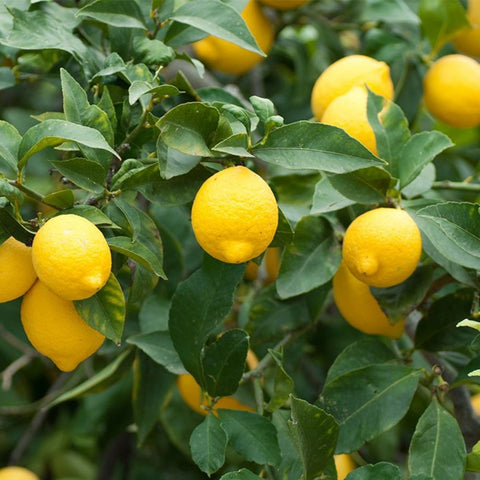

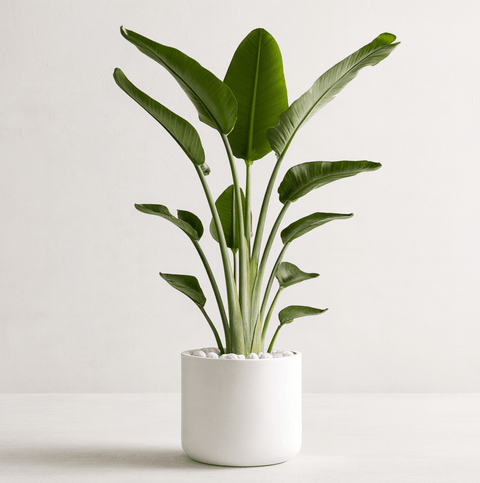

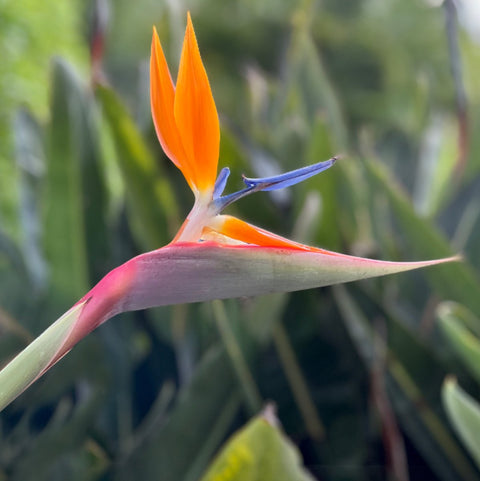
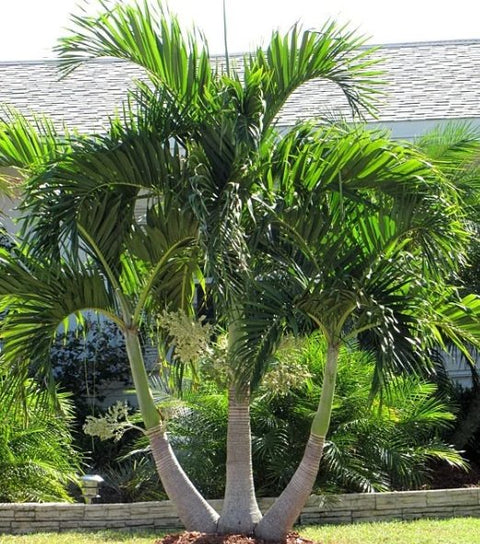
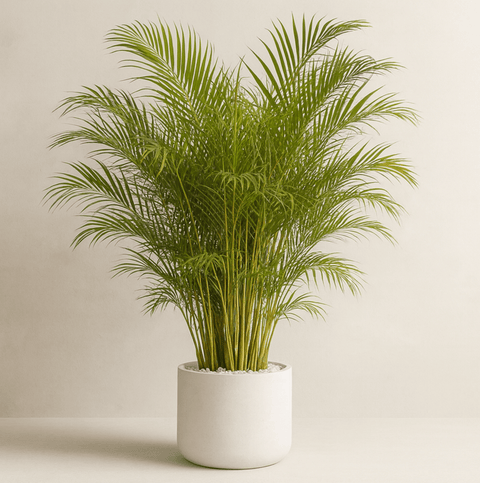






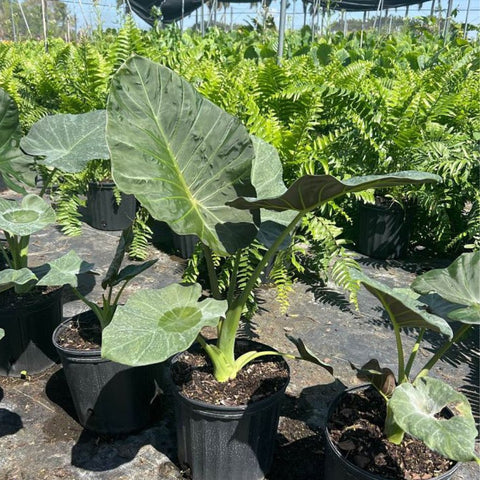
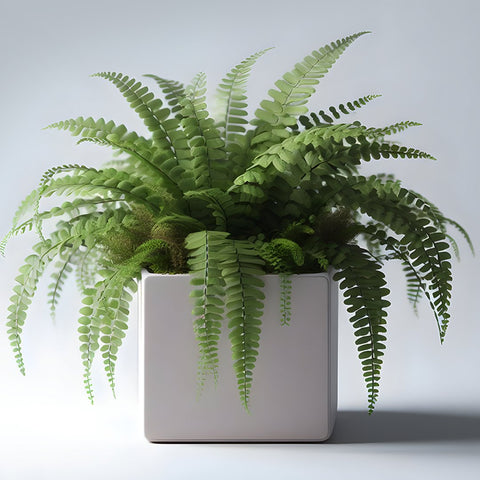




Comments (0)
There are no comments for this article. Be the first one to leave a message!